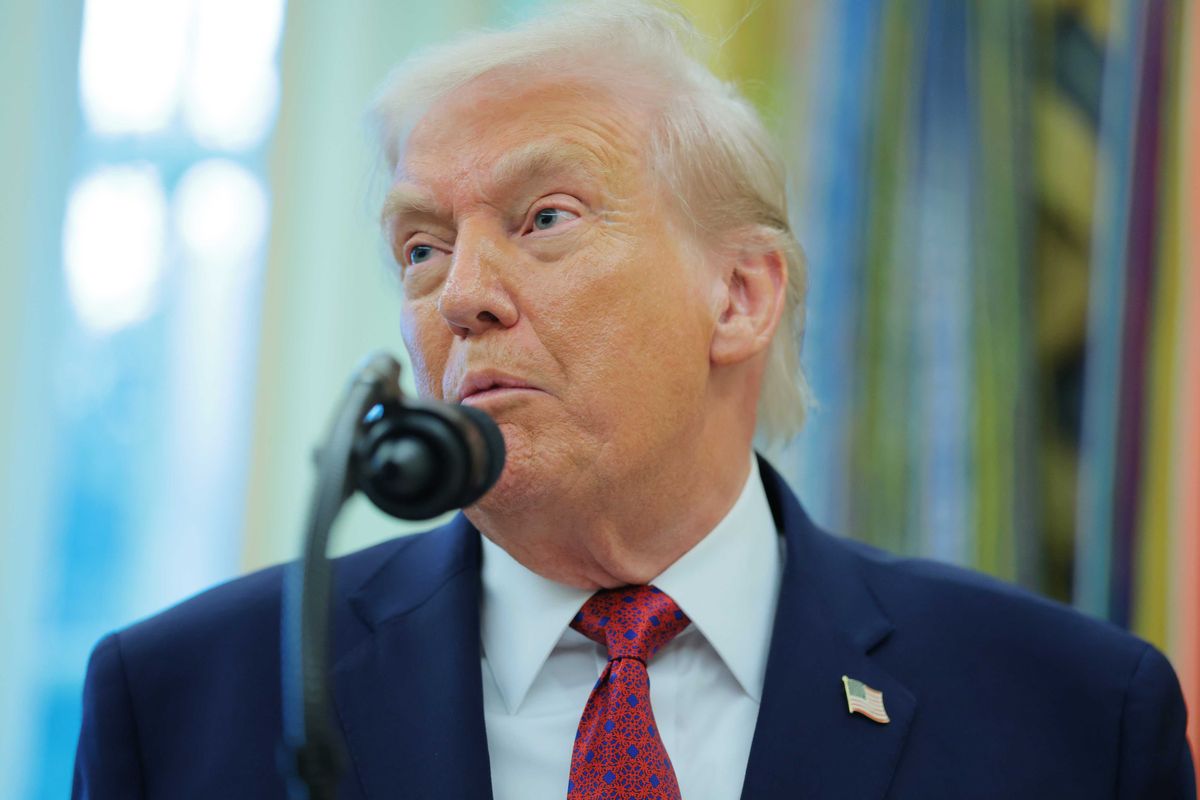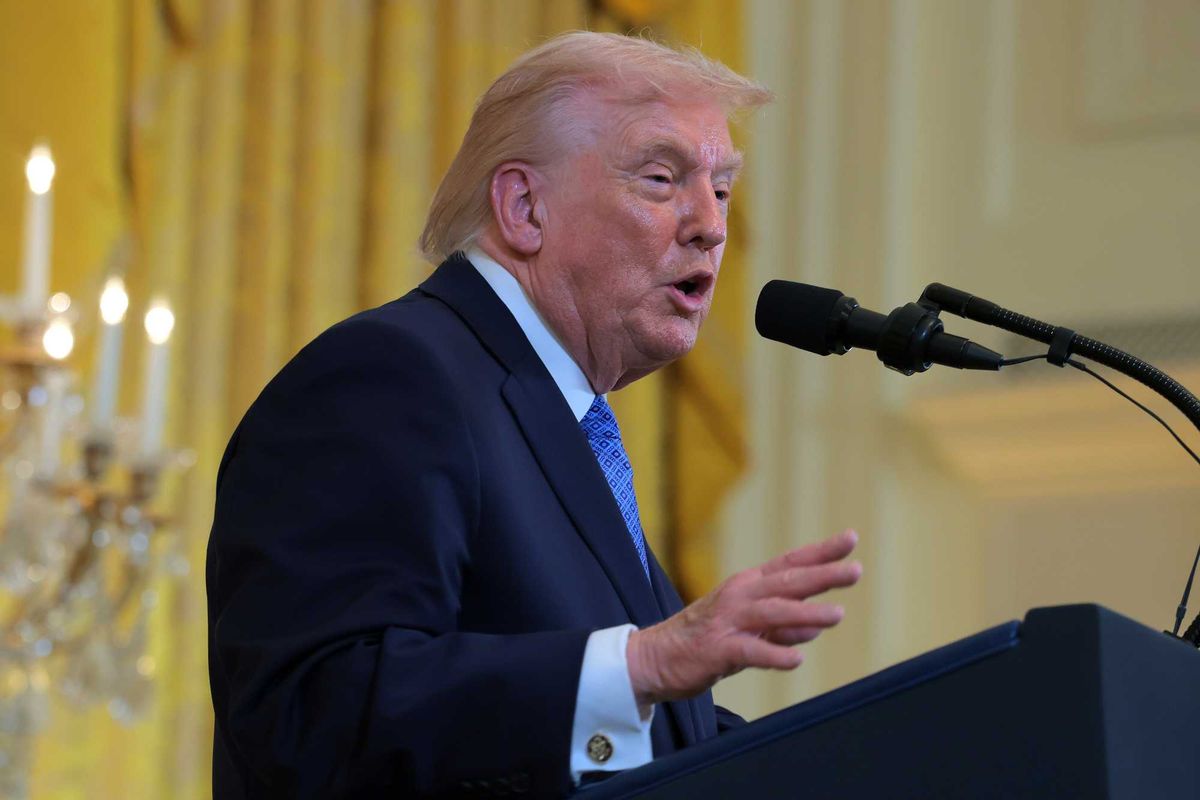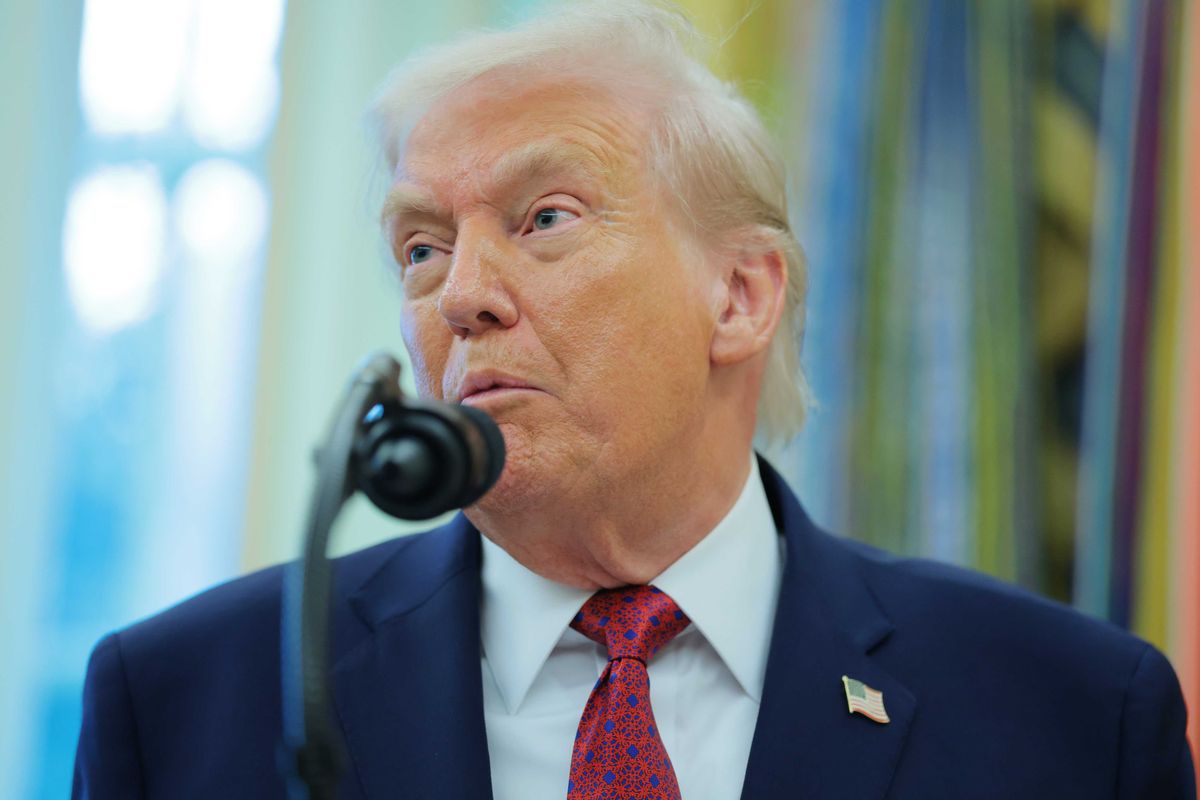News
Harriet Brewis
Mar 29, 2021

5G masts and Bill Gates have been subject to fierce Covid conspiracy theories
Getty Images
A hotly-anticipated report on the origins of Covid-19 has concluded that it is “extremely unlikely” a leak from a laboratory is behind the pandemic.
Instead, researchers from the World Health Organisation (WHO) say it is most likely that the Sars-Cov-2 virus – the strain which causes the disease – was passed from bats to humans via an “intermediate animal host”, before sparking Wuhan’s “explosive outbreak” at the end of 2019.
A near-final draft of the 123 page document was shared with all WHO member states on Sunday night. Its findings still leave some questions unanswered, but it provides in-depth detail on the reasoning behind the team’s conclusions.
Dismissing the possibility that the virus might have escaped from a Wuhan lab, the report’s authors insisted that such laboratory accidents are rare and the labs in Wuhan working on coronaviruses and vaccines are well-managed.
It also noted that there is no record of viruses closely related to SARS-CoV-2 in any laboratory before December 2019 and that the risk of accidentally growing the virus was extremely low.
Read more:
- Wendy’s chicken sandwich nightmare sparks fierce TikTok debate
- Priti Patel gets the meme treatment after Home Office spends £77,000 on eyebrows
- The key people moving to GB News and who else is rumoured to be joining them
- These maps and images show exactly what went wrong with Ever Given in the Suez
The lab theory is among a host of other conspiracy theories on the origins of the pandemic which have been a thorn in the side of health experts around the world.
Here’s a look at some of them and why they’re categorically untrue.
5G is spreading the virus

It is biologically impossible for viruses to travel on mobile networks, so you’d think this one would be easy to debunk.
However, conspiracy theories aren’t exactly known for their sound logic.
In this case, the rapid rollout of 5G networks took place at the same time as the pandemic hit, prompting viral memes linking the two. Celebrities also weighed in, either endorsing the hypothesis or failing to dismiss it outright.
So let’s be technical about it: viruses cannot spread using the electromagnetic spectrum. As the Cornell University Alliance for Science points out, he latter are waves/photons, while the former are biological particles composed of proteins and nucleic acids. It just doesn’t work.
It’s also worth remembering that Covid-19 has spread rapidly in countries that don’t even have 5G networks.
Bill Gates caused the pandemic so that he could control the world

There are a number of variations on this theory, but they all centre on Gates being an evil mastermind.
Anti-vaxxers and members of QAnon are among those to have seized on a 2015 Ted Talk given by the Microsoft founder where he discussed the Ebola outbreak and warned that a new pandemic was imminent.
In their eyes, this proves he had foreknowledge of the Covid crisis or even purposely caused it.
Don’t even mention to them that health experts have been warning for years that the world was long overdue a viral outbreak of some sort. They’re simply not interested.
An even wackier version of the Gates myth is that he wants to use the Covid vaccination programme to implant digital microchips that will somehow track and control people.
This might all sound quite funny if people didn’t actually believe it was true.
Genetically modified crops are to blame
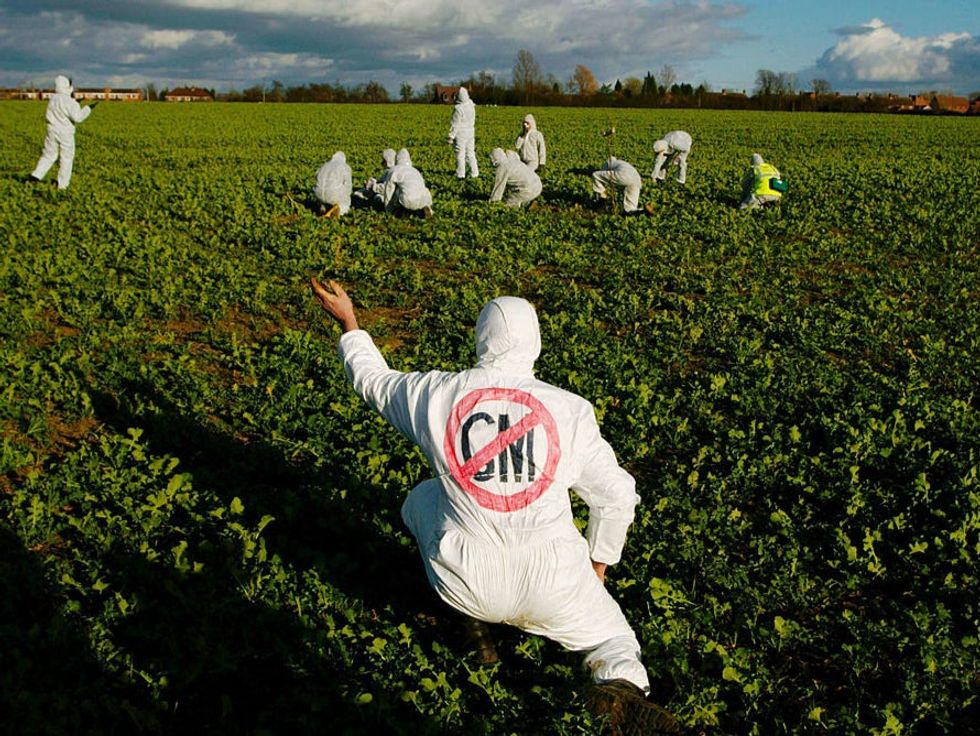
Genetic engineering and modern agricultural practices have been divisive subjects for years, so it’s unsurprising that they’ve found their way into the Covid arena.
In March last year, Italian lawyer Francesco Bilotta penned a bizarre article blaming genetically modified (GM) crops for causing genetic contamination that can allow viruses to spread between species.
His report, published in Il Manifesto, was immediately denounced as rubbish, with science and technology experts reprimanding him for promoting false narratives during a crisis and for the “scientific absurdity” of his claims.
The US military imported the virus to China

Furious at the spate of anti-China virus theories, the Chinese government responded with a conspiracy theory of its own.
Seeking to turn blame around on the US, Chinese foreign ministry spokesman Zhao Lijian, who tweeted: “It’s possible that the US military brought the virus to Wuhan.”
This suggestion, according to Voice of America news, “echoed a rumored conspiracy, widely circulated in China, that US military personnel had brought the virus to China during their participation in the 2019 Military World Games in Wuhan last October.”
However, this conspiracy theory, and an accompanying attempt to rename Covid-19 the “USA virus,” was widely dismissed as a pretty obvious geopolitical ploy.
The Wuhan lab theory
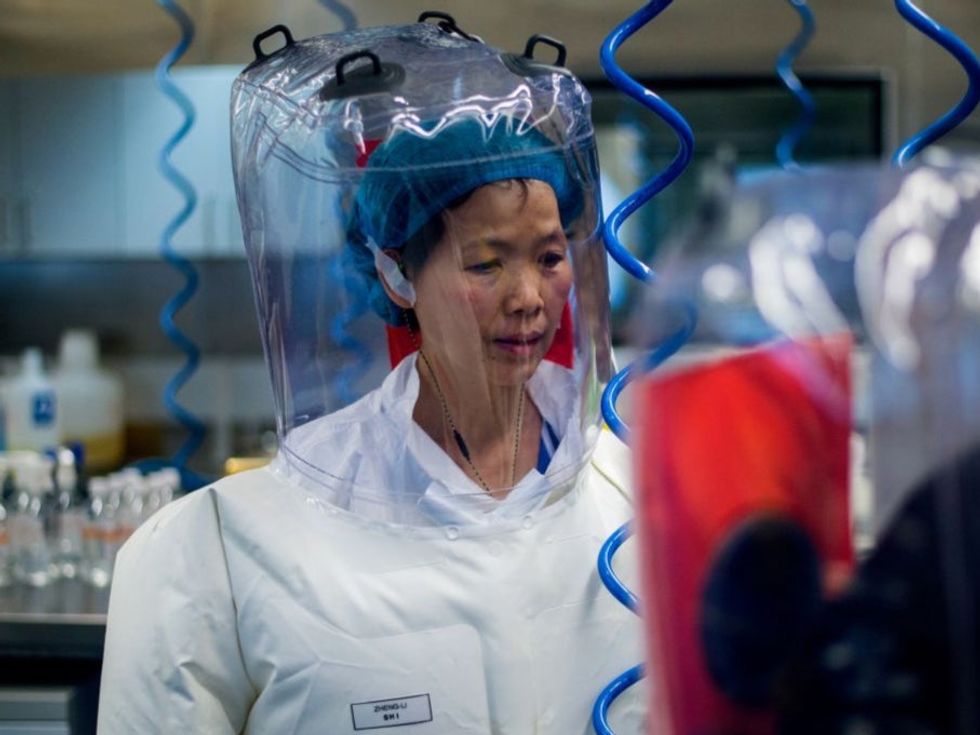
Of all the conspiracy theories, this was arguably the most plausible.
Wuhan, the original epicentre outbreak, also hosts a virology institute where researchers have been studying bat coronaviruses for many years.
One of the lead researchers, Shi Zhengli – a prominent virologist who spent years collecting bat dung samples in caves, earning her the moniker “bat woman” – was sufficiently worried about the possibility that she spent days frantically checking lab records to see if anything had gone wrong.
She has admitted to breathing a “sigh of relief” when genetic sequencing showed that the SARS-CoV-2 coronavirus did not match any of the viruses sampled and studied in the Wuhan Institute of Virology by her team.
So where did Covid-19 come from?

In their report, the WHO’s researchers listed four scenarios for the emergence of the virus in order of likelihood.
Topping the list was transmission from bats through another animal, which they said was likely to very likely.
They also evaluated direct spread from bats to humans as likely, and said that spread through "cold-chain" food products was possible but not likely.
Bats are known to carry coronaviruses and, in fact, the closest relative of the virus that causes Covid-19 has been found in bats. However, the report says that "the evolutionary distance between these bat viruses and SARS-CoV-2 is estimated to be several decades, suggesting a missing link."
It said highly similar viruses have been found in pangolins, which are another kind of mammal, but also noted that mink and cats are susceptible to the Covid-19 virus, suggesting they could be carriers, too.

The draft report is inconclusive on whether the outbreak started at a Wuhan seafood market that had one of the earliest clusters of cases in December 2019.
The discovery of other cases before the Huanan market outbreak suggests it may have started elsewhere. But the report notes there could have been milder cases that went undetected and that could be a link between the market and earlier cases.
"No firm conclusion therefore about the role of the Huanan market in the origin of the outbreak, or how the infection was introduced into the market, can currently be drawn," the report said.
The market was an early suspect because some stalls sold a range of animals — and some wondered if they had brought the new virus to Wuhan. The report noted that a range of animal products — including everything from bamboo rats to deer, often frozen — were sold at the market, as were live crocodiles.
As the pandemic spread globally, China found samples of the virus on the packaging of frozen food coming into the country and, in some cases, have tracked localised outbreaks to them.
The report said that the cold chain, as it is known, can be a driver of long-distance virus spread but was skeptical it could have triggered the outbreak. The report says the risk is lower than through human-to-human respiratory infection, and most experts agree.
"While there is some evidence for possible reintroduction of SARS-CoV-2 through handling of imported contaminated frozen products in China since the initial pandemic wave, this would be extraordinary in 2019 where the virus was not widely circulating," the study said.
In other words
We’re still not sure exactly where Covid-19 came from, but we know it wasn’t Bill Gates.
More: Fur for thought: How Covid has killed the fur industry
Top 100
The Conversation (0)






